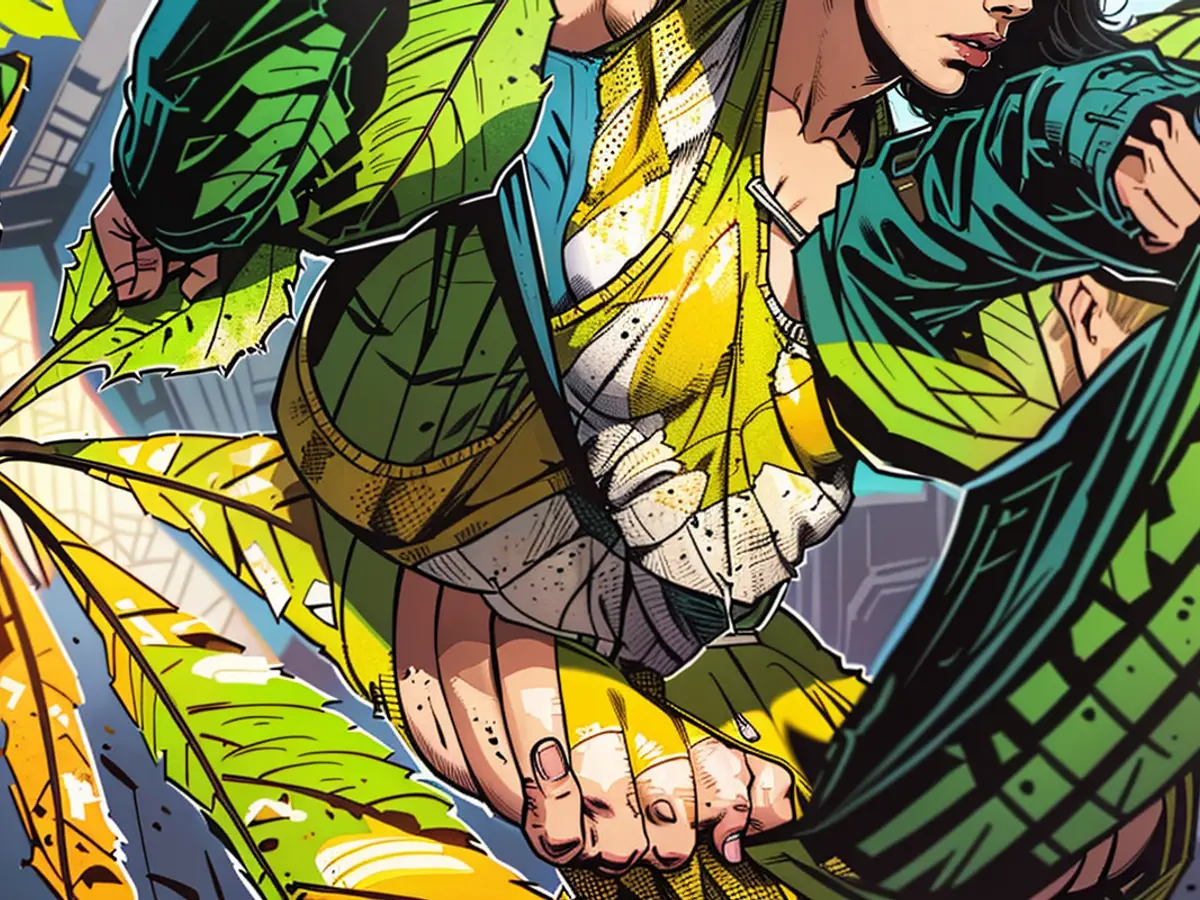This year's prevalence of tiny moths is described as "strikingly notable".
Autumn isn't here yet, but under countless chestnut trees, heaps of leaves are already accumulating. This isn't a result of scorching summer days, but the work of an insect that's been plaguing these trees for years. This year, the infestation by leaf miners is more evident than ever, notes Olaf Zimmermann, an entomologist at the Agricultural Technology Centre Augustenberg in Karlsruhe.
In various parts of the country, the spectacular horse chestnuts lining avenues, parks, and gardens are shedding their leaves prematurely, leaving only a few parched and wilted ones. Even in August's second half, typical signs like color change and early leaf drop appear, tells Roland Mühlethaler from the Nature Conservation Union (NABU). Generally, nature's cycles are advancing due to climate change.
Drought worsens the issue
According to Mühlethaler, drought takes a heavy toll on horse chestnuts, alongside the leaf miner. "Trees weakened by drought are more vulnerable to pests," explains the NABU expert. In certain regions, such as northeastern Germany, this impact is particularly strong in areas that have endured several prolonged dry spells. "Recovery is slow for the trees and many have succumbed to these extremes."
Although a Mediterranean tree, the horse chestnut thrives best with consistent moisture. "A combination of prolonged drought and heavy pest infestation can lead to a persistent decline," Mühlethaler adds.
Not a native plant
If such an alien species were to vanish, it wouldn't be a significant loss for our indigenous ecosystems. Not just due to the leaf miner, but the preference for native trees is generally more beneficial.
The horse chestnut leaf miners (Cameraria ohridella) are small, striped moths with an orange-white hue. They lay their eggs on the upper leaf surfaces of horse chestnuts. After about three weeks, tiny larvae hatch, feasting on the leaf's interior for several more weeks. As reported by NABU, this depletes the leaves, causing a rapid decline.
This leaves the trees unable to carry out photosynthesis, an essential energy-producing process. Over time, this weaknessens the trees and makes them more susceptible to other stressors. In temperate winters, numerous leaf miner larvae survive.
Easy remedy available
Easy treatment for your garden's chestnut trees can be achieved with a simple method: meticulous collection and removal of the leaves. This eliminates the larvae hidden in the leaves, preventing new moths from emerging.
Only the white-flowering horse chestnuts (Aesculus hippocastanum) are at risk, while their red-flowered counterparts (Aesculus carnea) are immune.
Since the 17th century, the horse chestnut has been a popular choice for gardens and parks across Europe due to its striking foliage and flowers, reports NABU. However, since 1989, the leaf miner has spread widely across Europe, seemingly arising from inaccessible ravines in the Balkans.
In efforts to protect horse chestnut trees, promoting native plant species and providing them with adequate moisture can be beneficial. Regularly collecting and removing fallen leaves can help control the horse chestnut leaf miner population, thereby preserving the health of the trees.







